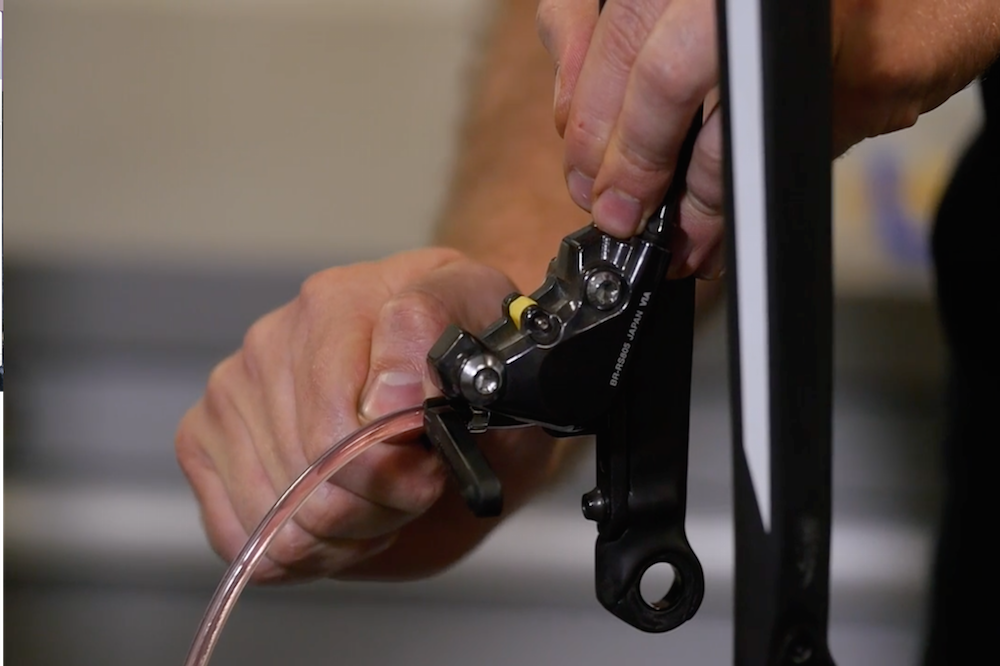Six things I'd tell my younger self about riding bikes
Looking in my cycling rear view mirror, here are some things that I wish I had done differently

Looking in my cycling rear view mirror, I can think of many things that I know I did right, but more things that I wish I had done differently. Of course, changing things in that past—even regretful things—would have unforeseen and unintended impacts today.
But instead of dwelling on the past and wishing I had done things differently, I try to keep perspective, learn from mistakes, and remember to keep having fun on the bike.
If I could wind back the clock, and reinvent my bike riding, these are six things I’d tell my younger self to keep in mind when first starting.
Work hard, and also rest hard

As an aspiring young racer, I sought out more experienced cyclists and tried to hang with them on every ride. While this initially worked well—I learned how to push hard while getting miles in my legs—as I gained more experience and got faster, I was not as smart about moderating effort on the bike or taking easy days. After multiple experiences with physical and psychological burnouts, I now know the importance of easy days—and off-the-bike rest days.
Learn, practice, and maintain bike handling skills

As a new racer, I attended skills clinics and practiced bike skills and handling drills. In my early teens I learned how to ride hands-off the bars to open nutrition or change a jersey mid-ride, to corner efficiently, to pedal more smoothly. I practiced tricks like grabbing a bottle from the ground while seated, which teaches one to be comfortable and agile while remaining in control of one’s bike, and bunny-hopping over obstacles. I also learned how to ride at speed in close quarters, with riders leaning on me, touching wheels, and also how to tumble off the bike in a way to minimize injury.
While I don’t regularly practice intentionally coming off my bike or hip-checking other riders, I still practice cornering and low-speed agility drills, but I wish I had kept up with all the drills I learned as a fearless teenager. Even when riding solo, having control of one’s bike and feeling what’s going on is confidence building and extraordinarily handy.
Listen to experienced riders talk about tactics

Bike racing has been described as high-speed chess on wheels because of the tactics and strategy at play in races. While my fitness was excellent, I never was a smart bike racer. Decades later I’m still fit but I never learned how to spot moves before they happen, so I'm playing catch-up and burning matches when I don’t want to. I wish I paid closer attention when the seemingly ancient guy on the all-Italian bike with fancy tubular wheels told me where to position myself in the group and how to understand when a move is most likely to happen.
The latest race content, interviews, features, reviews and expert buying guides, direct to your inbox!
Think twice about upgrades unless an upgrade will help to go faster or offer significant comfort

Even as a young and inexperienced racer, I always wanted to buy speed or have the sleekest and lightest parts for my bike. As a seasoned athlete, I know now that unless an upgrade offers a significant reduction in effort or allows for faster speeds, and is more comfortable, it’s not money well spent.
Sure, Jumbo–Lease-A-Bike and UAE Team Emirates can afford and effectively implement the best gear to realize marginal gains but the average rider? Thinking back to when I was new to riding, what would have made me a better rider was not more aero or lighter wheels, but paying closer attention to who was trying to attack the group, and if the attack was a threat.
The best splurge is a quality chamois, and beware of cheap cycling jersey zippers

Spending money on marginal gains may not make one go faster, but buying quality bib shorts that offer comfort for hours and that are chafe-free is worth the spend. Never thinking about getting out of the saddle or off the bike to be comfortable or to alleviate rub/chafing should be the norm. Also, I’ve experienced failed zippers on both cheap and expensive cycling apparel. When closures fail on expensive gear, it's been my experience that manufacturers will replace the zipper
Practice maintenance and repair skills and learn new ones

At one bike shop where I worked when I was in high school, the mechanics would race each other to see who could swap a bike tube in the least amount of time. I learned how to change a tube efficiently—in about 90 seconds—and ever since, it was a skill I had a chance to practice a few times each year. My tube-swapping skills are still sharp, but I had to learn how to install tubeless tires, bleed hydraulic brakes, and diagnose electronic shifting woes. None of these technologies existed for bikes when I first started. YouTube is not a replacement for a pro mechanic leading me through the steps of DIY maintenance, so when I have the opportunities, I ask my cycling friends who have pro wrenching skills for help learning new tricks of the trade.
Greg has been on and around bikes since his early teens. He got his start when tubulars and freewheels were still a thing, while working at local bike shops, and dabbling in the Philadelphia racing scene. Greg still geeks-out on bikes, cycling gear, apparel, and accessories as much now, as when he first discovered the sport. Greg has been on staff at VeloNews and Bicycling, and also was a contributor at Active.com.